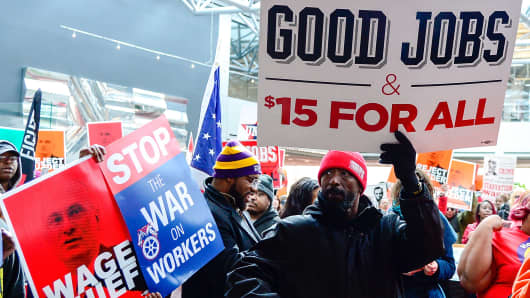Over the last two weeks, the yield on the Treasury's benchmark ten-year note declined 16 basis points — in spite of the evidence showing a strong growth momentum for the U.S. economy.
Labor shortages, increasing order backlogs, slowing supplier deliveries, low customer inventories and sustained upward price pressures are forward-looking economic indicators recently reported by most major sectors in America.
All that is happening well before the huge fiscal stimulus. Low credit costs will also begin to rev up private consumption and business capital outlays in an economy accelerating to a 2.6 percent annual growth rate in last year's fourth quarter — way above the estimated 1.8 percent noninflationary growth potential.
That is an important but, apparently, largely ignored marker. It is equally important to note that during the entire 2017, the pace of the strengthening economy was exceeding its physical limits to growth set by the available stock and quality of human and (physical) capital.
It should be no surprise then, that survey data showed that increasing capacity pressures were causing hiring difficulties, lengthening supply deliveries and a pick-up of producer prices.
None of that seems to have bothered the bond market vigilantes. Those useful messengers continue to doze off after their long winter slumber.






